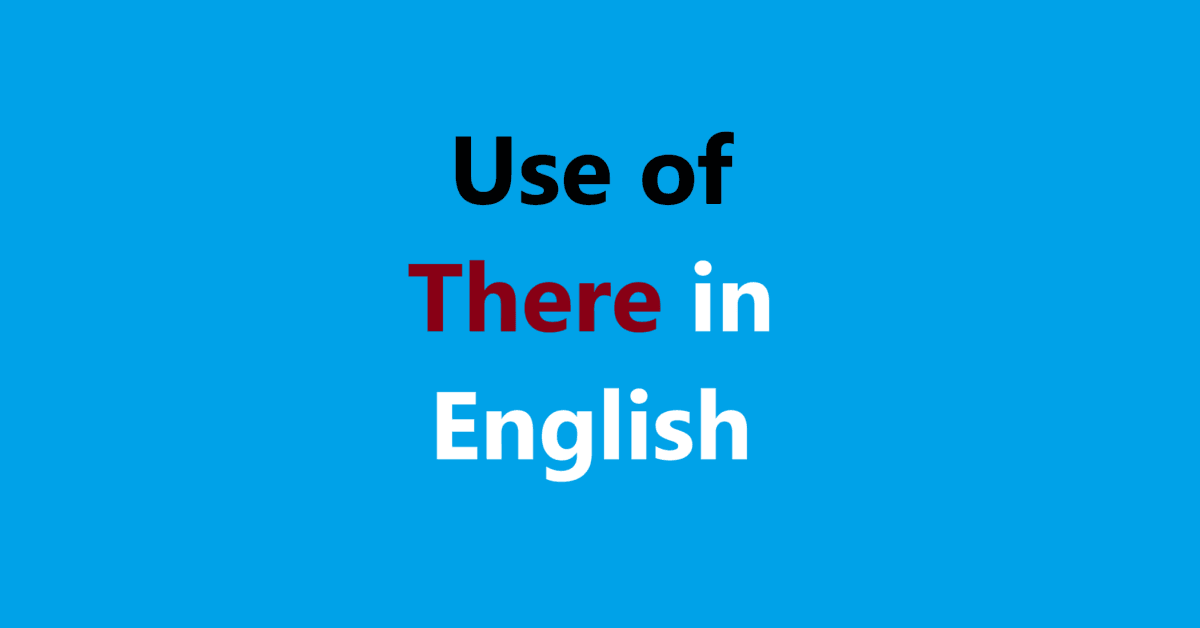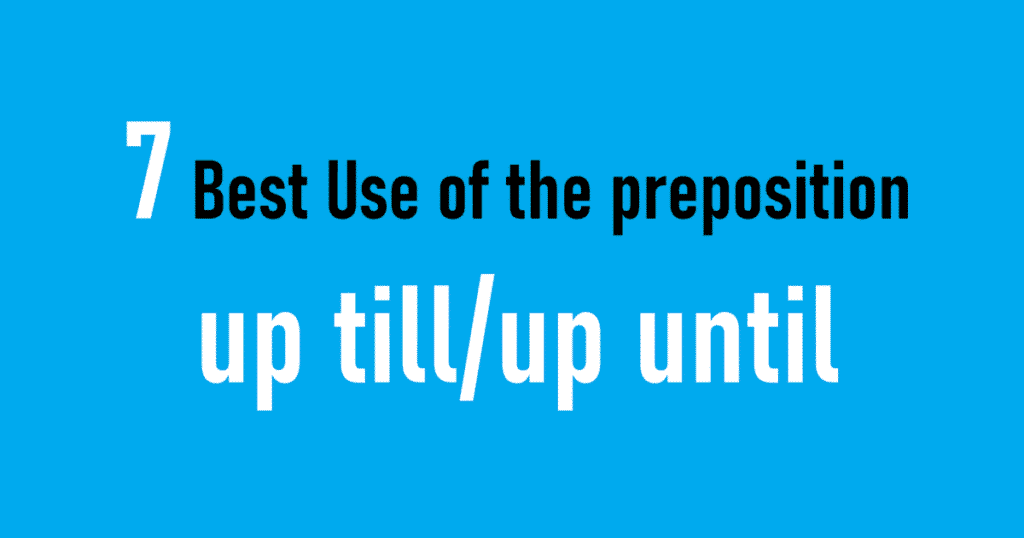The word “there” serves several important functions in the English language. Below, I’ll break down its uses in detail, along with examples and explanations.
1. Existential “There”
This use introduces the existence of something, often followed by a form of “to be” (is, are, was, were).
Examples:
- “There is a cat in the garden.” (indicates the existence of a cat)
- “There were many people at the concert.” (indicates the presence of people)
Explanation: In these sentences, “there” acts as a placeholder subject, allowing the speaker to state the existence of something without starting with the subject itself.
2. Locational “There”
Used to indicate a specific place or position, “there” refers to a location that is either known to the listener or has been mentioned previously.
Examples:
- “Put the book over there.” (refers to a specific location)
- “We will meet over there by the fountain.”
Explanation: In this case, “there” is an adverb denoting a physical location in relation to the speaker or listener.
3. Pronoun Use
“There” can function as a subject in sentences where the real subject follows the verb. This is often seen in constructions with “be” verbs, especially to express a state of being or existence.
Examples:
- “There seems to be a mistake.”
- “There might be a delay.”
Explanation: Here, “there” helps to formulate a sentence by shifting focus directly onto the subject or state of being (in these cases, “a mistake” and “a delay”).
4. Idiomatic Expressions
“There” is frequently used in various phrases or idiomatic expressions that convey different meanings.
Examples:
- “There you go!” (used to express agreement or completion)
- “There’s no place like home.” (expresses the sentiment of comfort and belonging)
Explanation: In these phrases, “there” serves to enhance the emotional or contextual meaning of the expression rather than indicating location or existence.
5. Emphasizing Existence or Situations
In some contexts, “there” can emphasize the presence of situations or states of being.
Examples:
- “There’s something unusual about this case.”
- “There was a time when I loved to travel.”
Explanation: In these instances, “there” highlights the situation or time being discussed, adding emphasis to the subject that follows.
6. Negative Constructs
“There” can also be used in negative constructs where the existence of something is denied.
Examples:
- “There are no cookies left.”
- “There isn’t any milk in the fridge.”
Explanation: Here, “there” helps formulate negative sentences, indicating the absence of something.
Conclusion
In summary, “there” is a versatile word used predominantly to indicate existence, location, and context. It can function as a placeholder in sentences, make statements about presence or absence, and even form part of idiomatic expressions.

